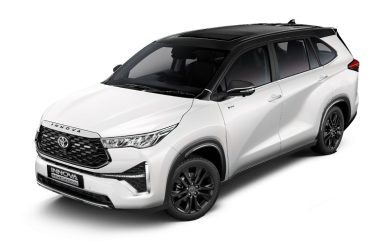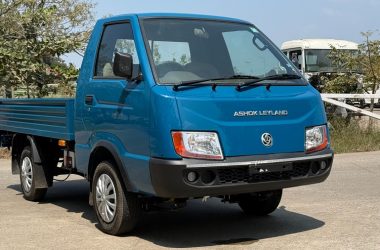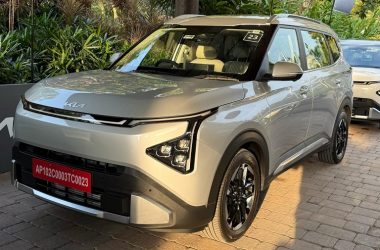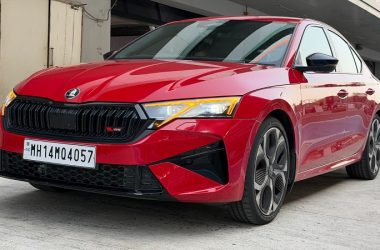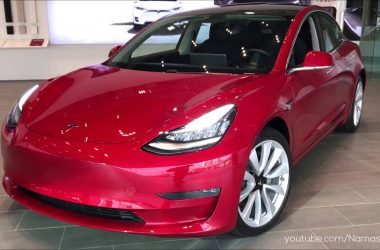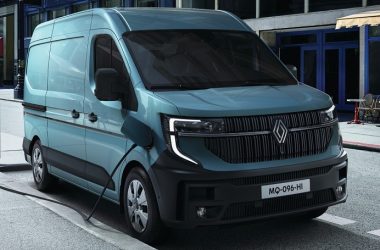TOKYO, Japan — In a move that sent both rocket nerds and JDM fans into orbit (emotionally), Honda R&D Co., Ltd. has successfully launched and landed an experimental reusable rocket in Hokkaido, Japan. No, this isn’t a Fast & Furious spinoff. This is real.
The rocket—standing 6.3 meters tall, weighing in at 900 kg dry and 1,312 kg with fuel (about the weight of three Honda Jazz stacked end to end)—reached an altitude of 271.4 meters before gracefully sticking the landing within 37 centimeters of its target. That’s more precision than most humans can manage with parking sensors.
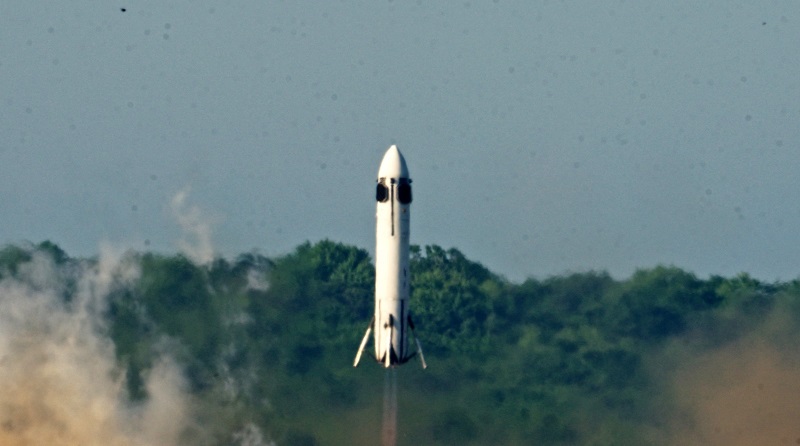
And no, it didn’t come with paddle shifters.
The flight lasted 56.6 seconds, just long enough for a Red Bull sip or a short family argument about parallel parking. It marked a first-ever successful launch and landing of a Honda-developed rocket, as part of the company’s wider ambition to make space exploration not just reusable—but reliably so.
Not Just VTEC—Now It’s Vertical Takeoff And Controlled Touchdown
The test, carried out at Honda’s facility in Taiki Town, Hokkaido, had safety protocols that would impress even the most nervous helicopter parents. A 1-km restricted zone, calculated buffer zones for debris, gates, guards, and a safety system that ensured the rocket didn’t pull a Tokyo Drift mid-air.
This is part of Honda’s larger dream to build a future where people are no longer bound by Earth’s potholes—or gravity.
“We believe rocket research is a meaningful endeavor that leverages Honda’s technological strengths,” said Toshihiro Mibe, Global CEO of Honda, while presumably resisting the urge to shout “It’s not just a phase, mom!”
From Engines to Exoplanets?
Honda first declared its intention to enter the final frontier in 2021. Since then, engineers who once designed efficient Earth-bound engines have been working on rockets, robotics for space, and even a circulative renewable energy system. (Because nothing says “moon base” like a hybrid powertrain with eco mode.)
Honda is targeting suborbital launch capability by 2029, which means this little hop to 271.4 meters might be the prelude to a much bigger leap—one small step for a carmaker, one giant boost for daily commutes via low orbit?
So, What’s Next?
While this successful landing doesn’t mean we’ll see “SpaceJet VTi” on the launchpad tomorrow, it solidifies Honda’s entry in the rapidly evolving commercial space race—albeit with their trademark humility, discipline, and an occasional rocket-sized sense of humor.
If Tesla builds rockets for Mars, Honda might just build the one that takes your WiFi router to space.
